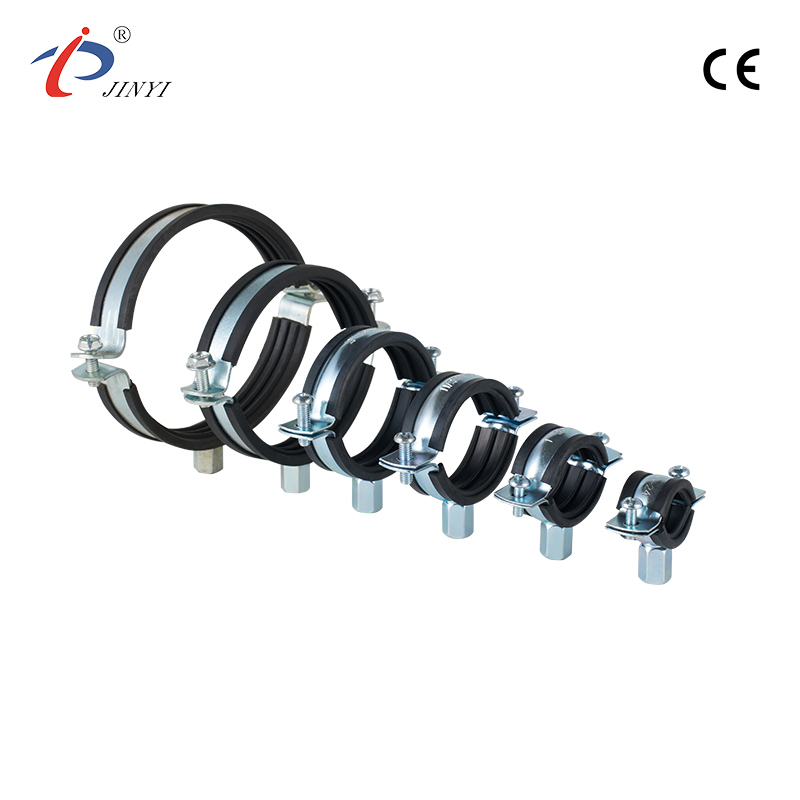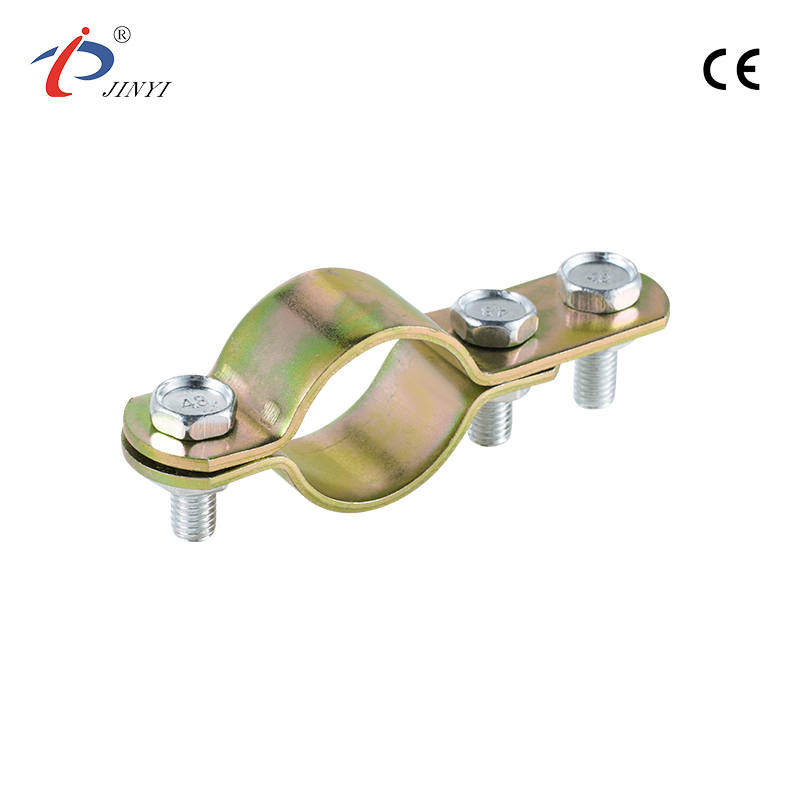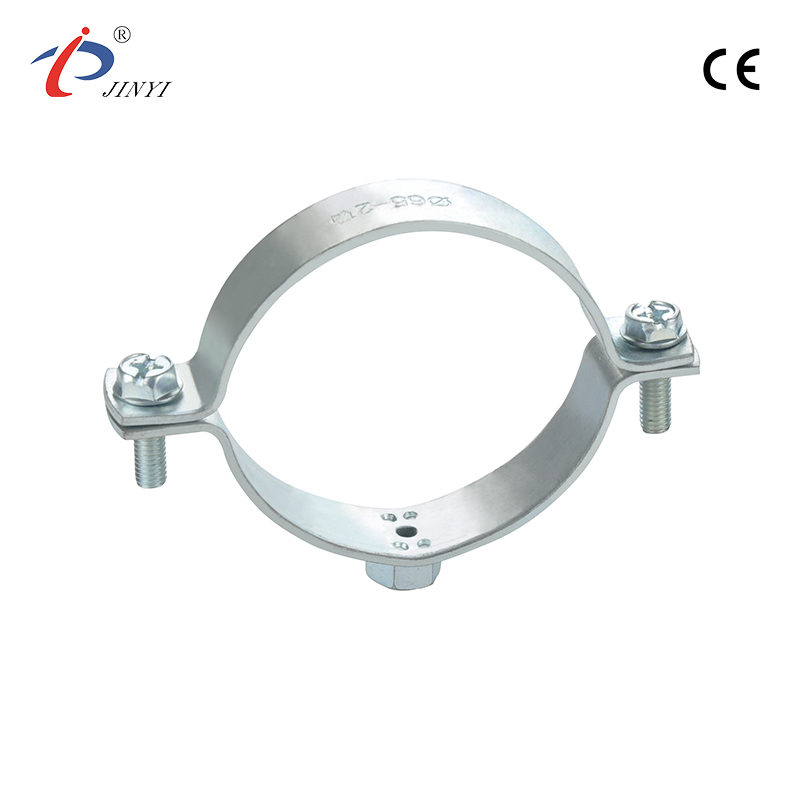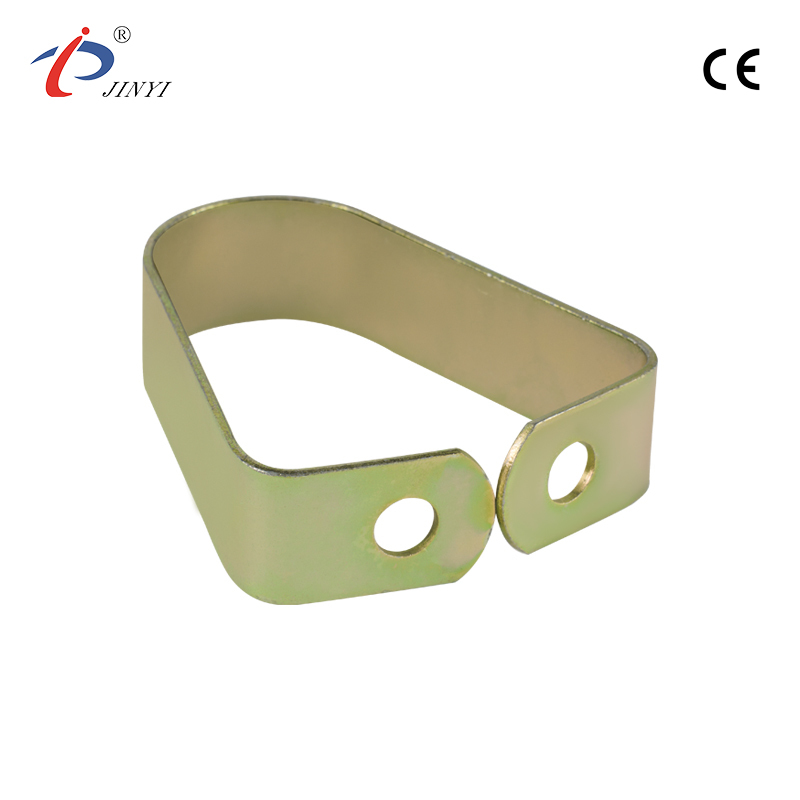How Can JINYI Decoupling Tank Reduce Pump Energy And Enhance Performance
2025-11-03
The Decoupling Tank plays a pivotal role in modern building energy systems, acting as a hydraulic buffer to separate primary and secondary circuits. By stabilizing water flow, it reduces energy consumption from circulation pumps and allows heating and cooling systems to maintain consistent performance across all zones. Incorporating this type of buffer ensures smoother energy distribution and improved operational efficiency, which is essential for residential, commercial, and industrial applications.
In buildings without proper hydraulic separation, sudden changes in flow demand can lead to some zones receiving excessive water while others remain under-supplied. This imbalance forces pumps to work harder, consuming more electricity and causing fluctuations in temperature that affect comfort levels. A correctly sized decoupling tank allows the system to maintain stable operation, enabling pumps to run at optimal speeds and preventing unnecessary energy loss.
Energy efficiency benefits from multiple mechanisms. Flow stabilization reduces the need for high-speed pump operation, directly lowering energy costs. Consistent water delivery ensures heat exchangers perform efficiently, maximizing thermal transfer and system performance. Pressure spikes are minimized, reducing wear on pipes, valves, and pumps, and extending the lifespan of critical system components.
The tank also enhances system maintenance and reliability. Maintenance personnel can isolate either the primary or secondary circuit without disrupting the entire setup. This modular design allows for safer inspections, faster component replacement, and reduced downtime. Additionally, it prevents water hammer, air accumulation, and other hydraulic problems that could otherwise damage the system.
Advanced energy-efficient systems integrate decoupling tanks with variable-speed pumps and smart controls. This combination allows precise regulation of water flow, ensuring all areas receive adequate supply regardless of load variations. In multi-zone commercial buildings, the tank helps maintain uniform temperatures, improving occupant comfort while reducing electricity usage.
Optimal tank selection is critical. An undersized tank cannot buffer flow properly, while an oversized tank occupies unnecessary space and may increase costs. Engineers calculate appropriate tank size based on expected load fluctuations, system flow rates, and temperature differentials to achieve a balance between efficiency and practicality.
JINYI has developed decoupling tank solutions tailored to meet these operational requirements. Their designs support smooth hydraulic operation, reduce energy usage, and ensure reliable system performance, making them suitable for diverse applications in residential and commercial buildings.



 русский
русский  Español
Español 









